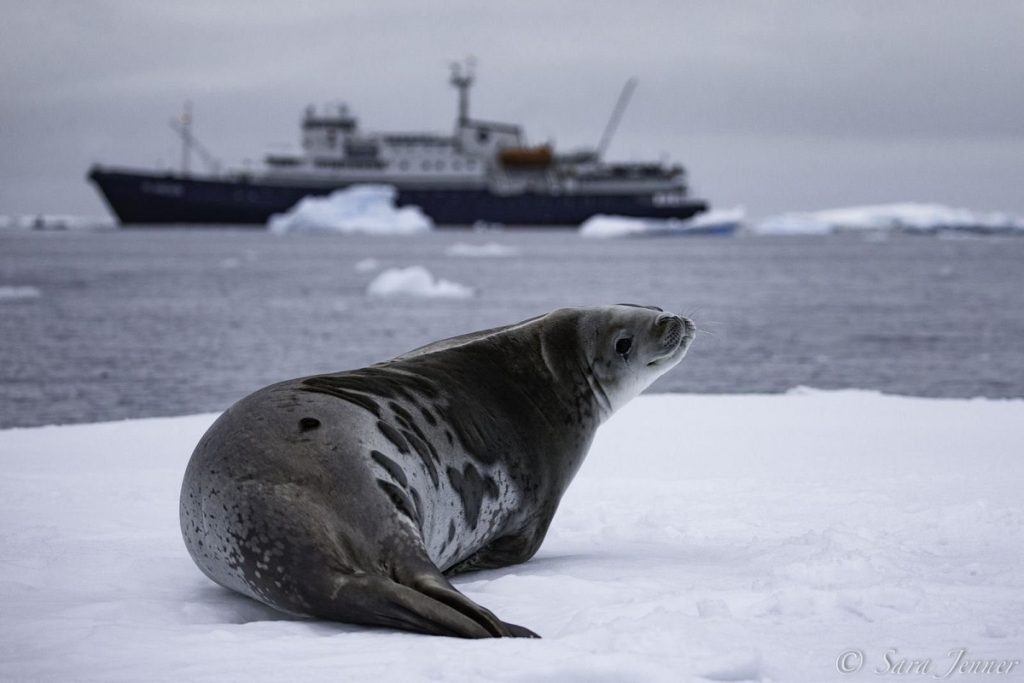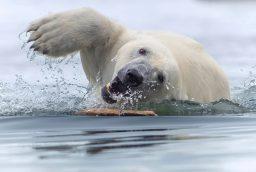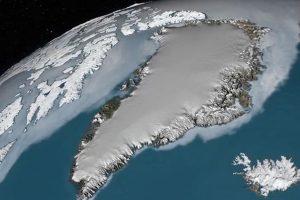
According to the study, there are about 202,000 mature and adult female Weddell seals in Antarctica. In November, when satellite images were taken, male seals are mostly in the water under the ice, guarding their territory, so they are not visible in the pictures. According to previous estimates, the number of female seals was about 800,000 individuals.
“This does not necessarily mean that the number of seals has sharply decreased recently. Probably, a more accurate calculation was carried out this time, which can now be used as a basis for tracking the population over time. We have also developed an effective process for monitoring them to see if the population has changed from this baseline. Tracking the seal population by this criterion is crucial for conservation efforts,” said Michelle LaRue, a researcher at the University of Minnesota.
Weddell Seals are one of the most iconic. They live south of all known mammals and are able to live up to 30 years in the harshest conditions on the planet. These are seasonal inhabitants of the coastal sea ice surrounding Antarctica. By counting seals on satellite images, scientists hope to learn more about how climate change and fishing in Antarctic waters may affect the number of seals and the entire ecosystem over time.
“The reason Weddell seals are so important is because they are key indicator species of the Southern Ocean. Weddell seals live on soldered ice, which is attached to the Antarctic continent, in the same habitat as emperor penguins. As the climate continues to change, we can expect this solder to change as well. If we understand where the seals are and how many of them there are, it will give us an idea of how the ecosystem can change,” said Michelle LaRue.
The researchers also gained a new insight into the habitat of Weddell seals. They prefer to be not only on the continental coast, but also in deep water — perhaps because of the location of predators and the fish they eat. They also prefer to be near the emperor penguins, but only if there are not too many of them.
Although Weddell seals are extremely important to the ecosystem of the Southern Ocean and have been studied since the early 1960s, no one has yet been able to conduct a comprehensive accounting of them due to the harsh weather in Antarctica and the remote places where they live. Now researchers can use satellite images to count, but because there are too many images, thousands of civilian scientists have been involved in the work.
“There is absolutely no other way to make an accurate count of Weddell seals. Despite the fact that our team includes experienced researchers who know how to identify seals in an image, it would take us many years to count all of them. We also couldn’t use automated tools because the human eye is still more reliable than any computer algorithm,” explained study co-author Leo Salas.
However, according to Salas, this may change soon. With the help of citizen scientists, researchers now have computer-based learning data to help automate future counting.
By Nataliya Rishko Источник


